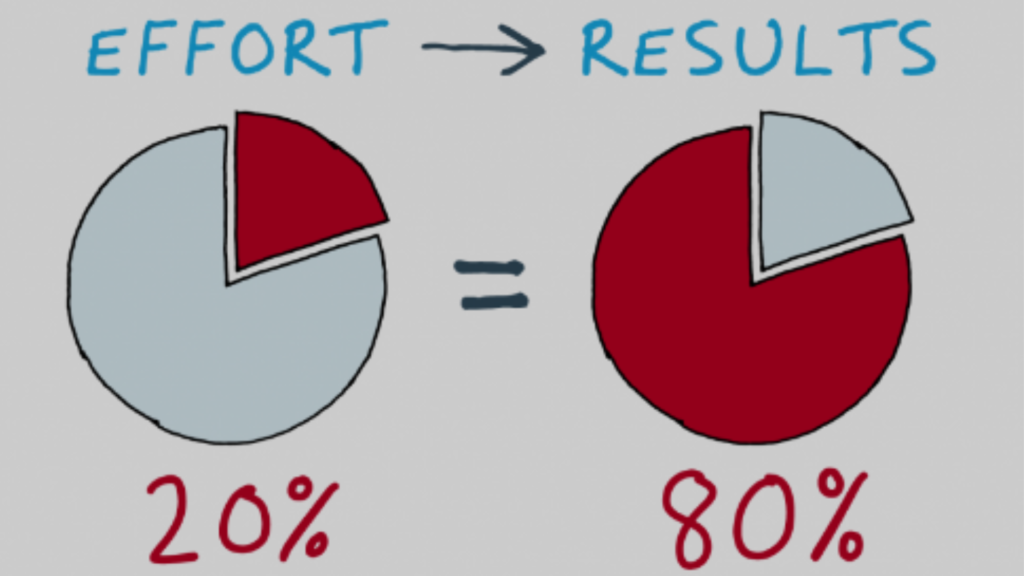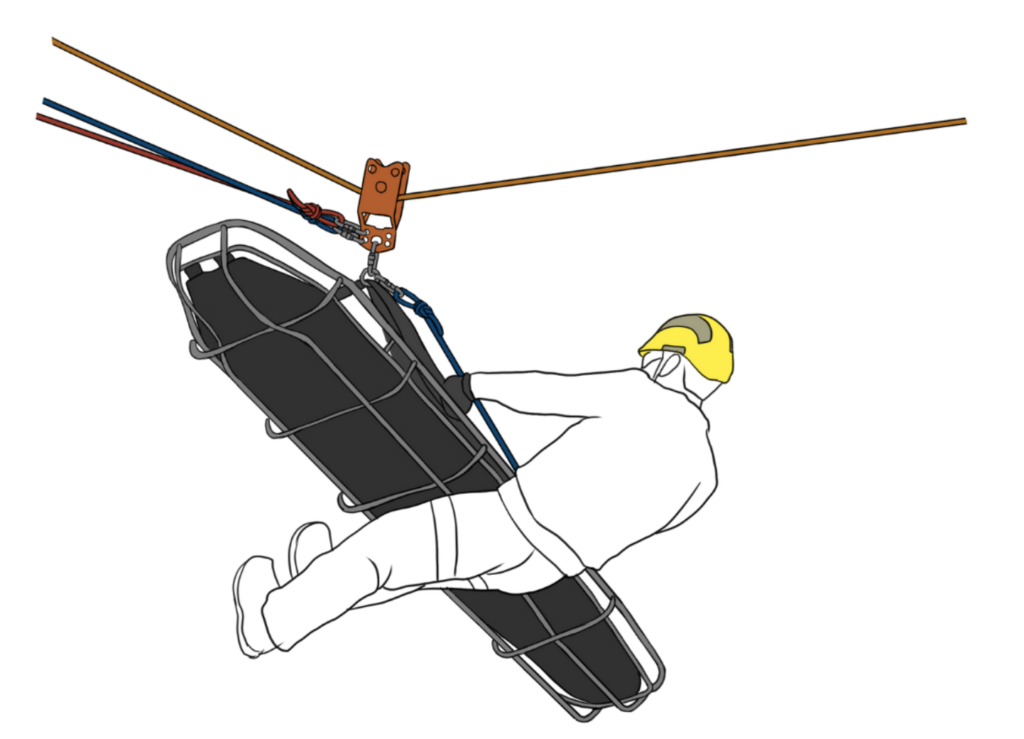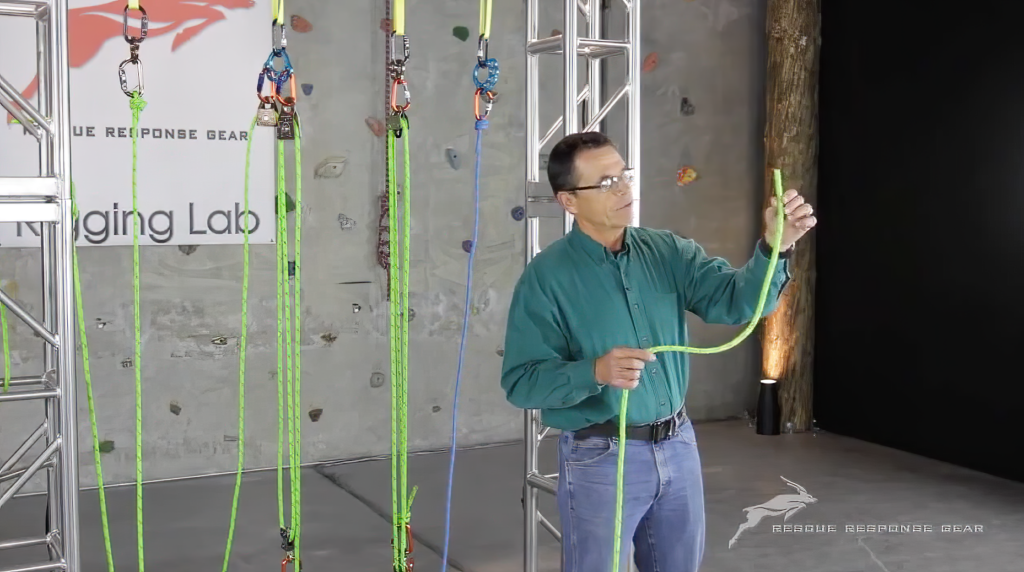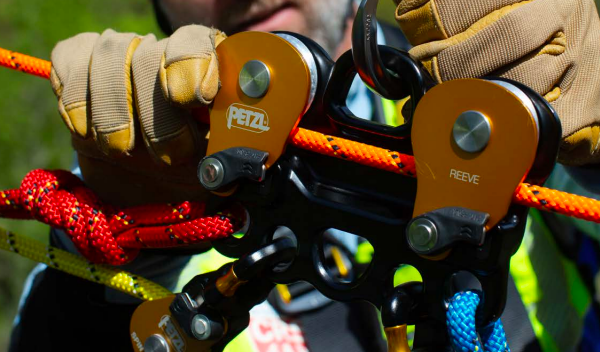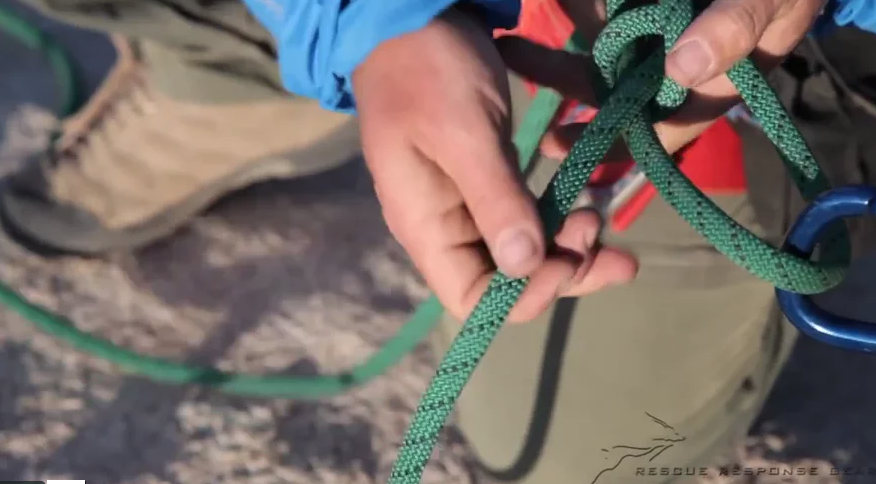20-80 Rule in Knot Tying and Rigging
20-80 Rule in Knot Tying and Rigging Introduction In rescue operations, the 20-80 rule plays a pivotal role in efficiency—20% of the essential techniques address 80% of rescue scenarios. This is particularly true when it comes to knot tying and rigging, where focusing on core skills can significantly improve operational performance. In this blog, we’ll […]
20-80 Rule in Knot Tying and Rigging Read More »

